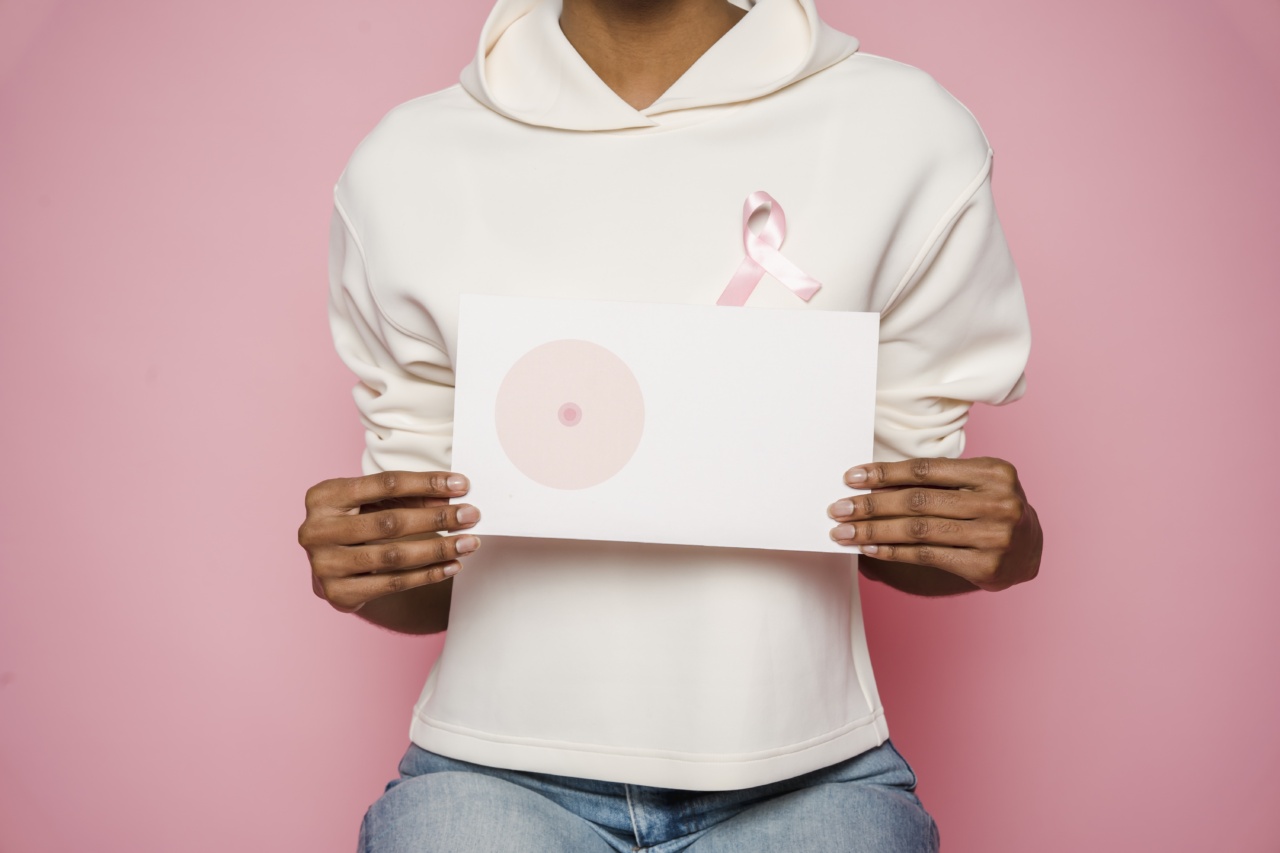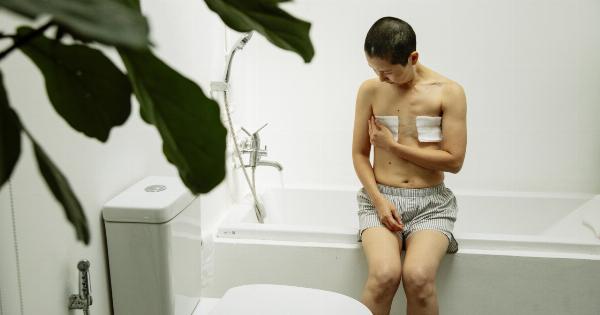Breast cancer is the most common cancer among women worldwide, accounting for a large number of cancer-related deaths each year.
While certain risk factors of breast cancer such as age, genetics, and family history cannot be controlled, there are several preventative measures that every woman can take in order to reduce their risk of developing this devastating disease. In this article, we will explore the essential three measures for preventing breast cancer and discuss actionable steps that can be incorporated into your daily routine to promote breast health.
1. Regular Breast Self-Exams
Regular breast self-exams are a crucial component of early detection and prevention of breast cancer.
By performing self-exams on a monthly basis, women can become familiar with the normal look and feel of their breasts, making it easier to detect any changes or abnormalities that may arise.
To perform a breast self-exam:.
Step 1: Stand in front of a mirror with your arms at your sides and visually inspect your breasts for any changes in size or shape, dimpling, or skin changes.
Step 2: Raise your arms overhead and examine your breasts again for any visual abnormalities.
Step 3: Lie down and feel your breasts with the pads of your fingers using a circular motion. Begin from the outer areas and gradually move towards the nipple, checking the entire breast and surrounding tissue.
Step 4: Finally, sit or stand and repeat the circular motion with slightly more pressure to examine the deeper breast tissue.
If you notice any changes or abnormalities during a self-exam, it is important to consult a healthcare professional for further evaluation and potential diagnostic tests.
2. Routine Clinical Breast Exams
Regular clinical breast exams performed by a healthcare professional are an essential part of breast cancer prevention.
These exams provide an opportunity for early detection of any abnormalities in the breast tissue and help ensure timely intervention and treatment if necessary.
It is generally recommended that women have a clinical breast exam once every three years in their twenties and thirties, and annually once they reach the age of 40.
However, the frequency may vary depending on individual risk factors and healthcare provider recommendations.
During a clinical breast exam, your healthcare provider will visually inspect your breasts and surrounding areas for any visual changes or abnormalities.
They will also carefully feel the breasts and underarm areas to check for lumps, thickening, or other changes in texture. If any suspicious findings are noted, further diagnostic tests such as mammograms or ultrasounds may be recommended.
3. Regular Mammograms
Mammograms are X-ray imaging tests that can detect breast cancer in its early stages, often before any symptoms are noticeable. Regular mammograms are vital for detecting breast cancer early and improving survival rates.
The American Cancer Society recommends women have regular mammograms starting at age 40, while other organizations may suggest starting at a slightly younger or older age.
It is important to consult with your healthcare provider to determine the best screening schedule for you based on your individual risk factors.
Mammograms are performed by placing each breast between two plastic plates, which are then compressed to obtain a clear image.
While mammograms can be uncomfortable, the procedure is relatively quick and the potential benefits far outweigh any temporary discomfort.
By following these three essential measures – regular breast self-exams, routine clinical breast exams, and regular mammograms – women can actively participate in their breast health and significantly reduce their risk of developing breast cancer.
Furthermore, maintaining a healthy lifestyle that includes regular exercise, a balanced diet, limited alcohol consumption, and avoiding smoking can also contribute to breast cancer prevention.
In Conclusion
Preventing breast cancer is a collective effort that involves proactive measures and lifestyle changes.
By performing regular breast self-exams, scheduling routine clinical breast exams, and adhering to recommended mammogram schedules, individuals can significantly lower their risk of developing breast cancer.
It is important to stay informed about any risk factors you may have, as well as the latest research and guidelines for breast cancer prevention.
By taking action and making positive choices, you can take control of your breast health and prioritize early detection and prevention.



















